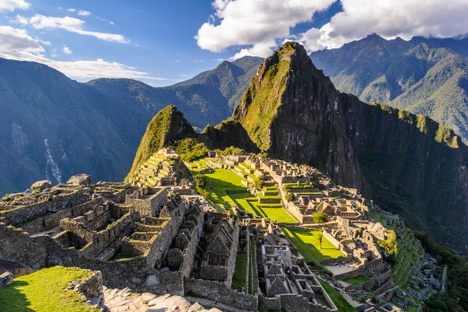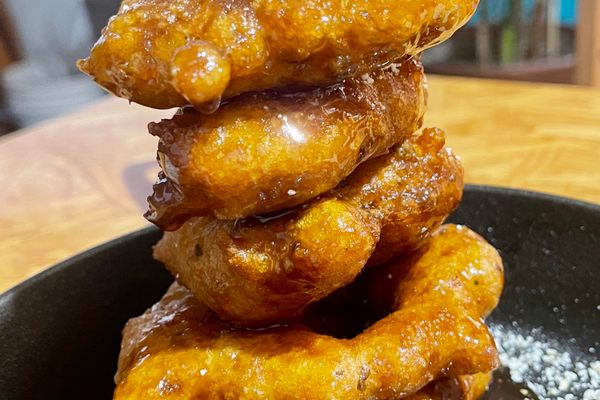It’s just before sunrise in the Ecuadorian rainforest. Members of the Kichwa community boil leaves from the guayusa tree in a large pot known as a guayucero. When the brew is ready, they sit around the fire, sip the tea, and discuss their dreams.
This is how the indigenous tribe begins each day. They believe that guayusa (pronounced gwai-yoo-sa) facilitates dream interpretation, which is essential to decision-making in the community. Believing that dreams show a glimpse of the future, the Kichwa use them as a guide to how they should approach the day’s work, especially hunting. One Kichwa legend tells of twins who went in search of a plant that would teach them how to dream. After they fell asleep, they dreamt of meeting their ancestors, who gifted them guayusa leaves. When they awoke, they were still clutching the plants in their hands.
But the applications of guayusa extend beyond the realm of dreams. In 1972, archaeologists found a 1,500-year-old Bolivian tomb that contained dried leaves, along with tools for making snuff and enemas, leading them to speculate that the plant was originally used in medicine. The leaves are also packed with antioxidants and caffeine. Like its fellow South American holly, yerba mate, guayusa has attracted international fans who are looking for a healthy, natural stimulant. In fact, the tea’s reputation for warding off sleep earned it the nickname “the Night Watchman.”
Guayusa drinkers swear that the tea offers a mellow boost without the classic jitters that accompany coffee. In fact, this state of calm wakefulness allows for another application of the tea: lucid dreaming. Some lucid dreamers claim that guayusa lets them fall into a light sleep, while still keeping them sharp enough to participate in their dreams.
Lucid dreaming takes practice, so first-time guayusa drinkers might be better served starting with a morning cup of tea followed by an analysis of any nighttime visions.
Written By
 Sam OBrien
Sam OBrien
Sources
- news.nationalgeographic.com/news/2014/07/140703-guayusa-ecuador-amazon-health-foods-tea/
- munchies.vice.com/en_us/article/gvkgv9/this-amazonian-super-tea-will-help-you-interpret-your-dreams
- www.sciencedirect.com/science/article/pii/0378874191901568?via%3Dihub
- www.samorini.it/doc1/alt_aut/sz/schultes-ilex-guayusa-from-500-ad-to-the-present.pdf
- books.google.com/books?id=8V0oDwAAQBAJ&pg=PT1234&lpg=PT1234&dq=guayuceros&source=bl&ots=Une0-oivT1&sig=PR89GEfAoTjVgHrg458URGbanZA&hl=en&sa=X&ved=0ahUKEwiryrejzrnYAhXJUd8KHU1-An8Q6AEIOzAA#v=onepage&q=guayuceros&f=false















